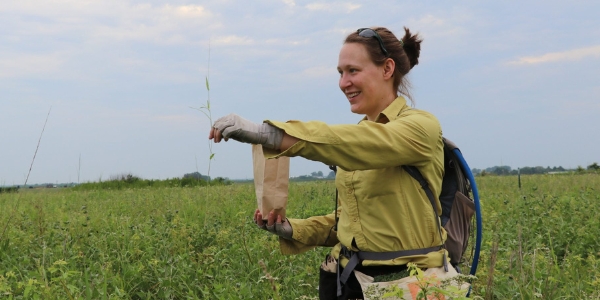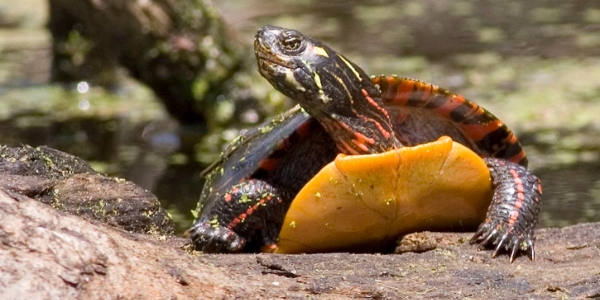The 10-year journey of the Kalamazoo River's map turtles
The 2010 oil spill in Talmadge Creek, a tributary of the Kalamazoo River, was one of the largest inland oil spills in U.S. history. The spill from the Enbridge pipeline spoiled the local habitat for countless species, including northern map turtles.
As part of the emergency wildlife rescue efforts that followed the spill, the Department of Natural Resources and the U.S. Fish and Wildlife Service relocated more than 700 northern map turtles to similar habitats along the river.
Over the next decade, researchers led by Joshua Otten, a University of Toledo ecologist, observed the turtles’ movements. That study revealed that the turtles utilized their homing instincts to travel almost 45 miles upstream, eventually returning to their original habitat.
“We had moved them 30 or 40 miles away from where they had been captured, and we found them at nearly the same log they had been captured at originally, 10 years prior,” said Otten.
Stephen Hamilton, an aquatic ecosystem ecologist and biogeochemist who retired from Michigan State University and the W.K. Kellogg Biological Station in 2023, was involved in the response to the oil spill, serving on an advisory group led by the Environmental Protection Agency. He was an EEB core faculty member.
“The oil spill was a tragedy. But scientifically? It was an incredible opportunity to learn exactly how far these turtles will go,” said Hamilton.
“They will usually move a few miles from their home base – we knew that,” Otten added. “We didn’t have data to support movement at larger distances.”
Read the article in the KBS blog.



